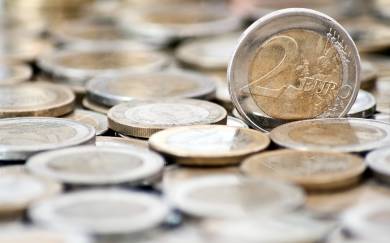A Week of Earnings and Central Bank Decisions: Fed, ECB, and BoJ Meetings in Focus

Ipek Ozkardeskaya 24.07.2023 10:20
A week packed with earnings and central bank decisions
Last week ended on a caution note after the first earnings from Big Tech companies were not bad, but not good enough to further boost an already impressive rally so far this year. The S&P500 closed the week just 0.7% higher, Nasdaq slipped 0.6%, while Dow Jones recorded its 10th straight week of gains, the longest in six years, hinting that the tech rally could be rotating toward other and more cyclical parts of the economy as well.
This week, the earnings season continues in full swing. 150 S&P500 companies are due to announce their second quarter earnings throughout this week. Among them we have Microsoft, which is pretty much the main responsible of this year's tech rally thanks to its ChatGPT, Meta, Alphabet, Visa, GM, Ford, Intel, Coca-Cola and some energy giants including Exxon Mobil and Chevron.
On the economic calendar, we have a busy agenda this week as well. Today, we will be watching a series of flash PMI figures to get a sense of how economies around the world felt so far in July, then important central bank meetings will hit the fan from tomorrow. The early data shows that both manufacturing and services in Australia remained in the contraction zone, as Japan's manufacturing PMI dropped to a 4-month low in July. German figures could also disappoint those watching the EZ numbers.
On the central banks front, the Federal Reserve (Fed), the European Central Bank (ECB) and the Bank of Japan (BoJ) will meet this week, and the first two are expected to announce 25bp hike each to further tighten monetary conditions on both sides of the Atlantic.
Zooming into the Fed, activity on Fed funds futures gives almost 100% chance for this week's 25bp hike. But many think that this week's rate hike could be the last of this tightening cycle, as inflation is cooling. But the resilience of the US labour market, and household consumption will likely keep the Fed cautiously hawkish, and not announce the end of the tightening cycle this Wednesday. There is, on the contrary, a greater chance that we will hear Fed Chair Jerome Powell rectify the market expectations and talk about another rate hike in September or in November. Therefore, the risks tied to this week's FOMC meeting are tilted to the hawkish side, and we have more chance of hearing a hawkish surprise rather than a dovish one. Regarding the market reaction, as this week's Fed meetings falls in the middle of a jungle of earnings, stock investors will have a lot to price on their plate, so a hawkish statement from the Fed may not directly impact stock prices if earnings are good enough. Bond markets, however, will clearly be more vulnerable to another delay of the end of the tightening cycle. The US 2-year yield consolidates near the 4.85% level this morning, and risks are tilted to the upside. For the dollar, there is room for further recovery as the bearish dollar bets stand at the highest levels on record and a sufficiently hawkish Fed announcement could lead to correction and repositioning.
Elsewhere, another 25bp hike from the ECB is also seen as a done deal by most investors. What investors want to know is what will happen beyond this week's meeting. So far, at least 2 more 25bp hikes were seen as almost certain by investors. Then last week, some ECB officials cast doubt on that expectation. Now, a September rate hike in the EZ is all but certain. The EURUSD remains under selling pressure near the 1.1120 this morning, the inconclusive Spanish election is adding an extra pressure to the downside.
Finally, the BoJ is expected to do nothing, again, this week. Japanese policymakers will likely keep the policy rate steady in the negative territory and the YCC policy unchanged. The recent U-turn in BoJ expectations, and the broad-based rebound in the US dollar pushed the USDJPY above the 140 again last Friday, and there is nothing to prevent the pair from re-testing the 145 resistance if the Fed is sufficiently hawkish and the BoJ is sufficiently dovish.
By Ipek Ozkardeskaya, Senior Analyst | Swissquote Bank
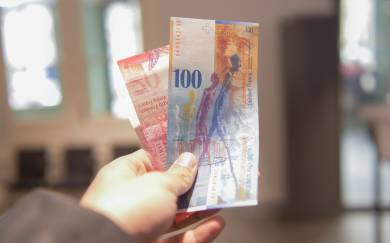
 Rebecca Duthie 13.07.2022 17:26
Rebecca Duthie 13.07.2022 17:26














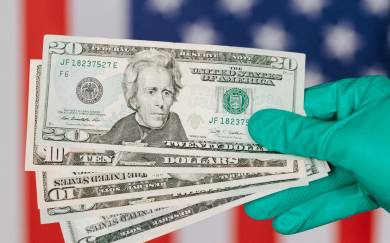

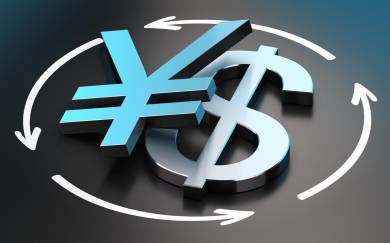







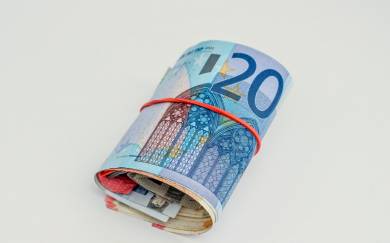










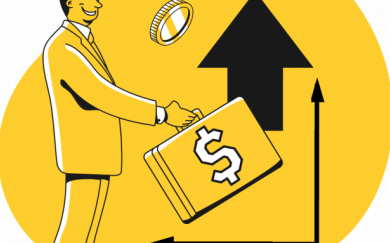







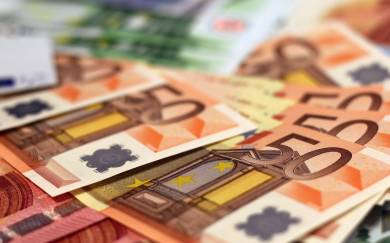




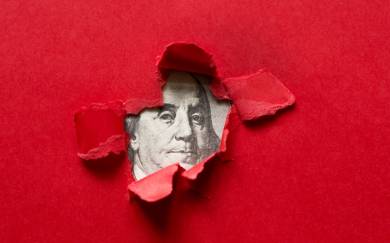
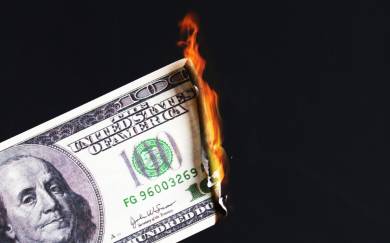


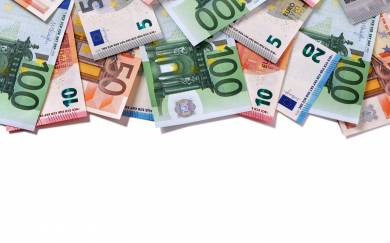

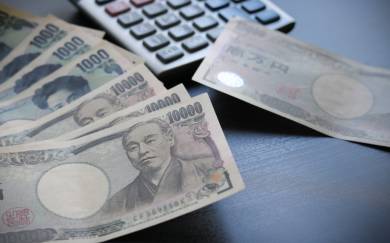
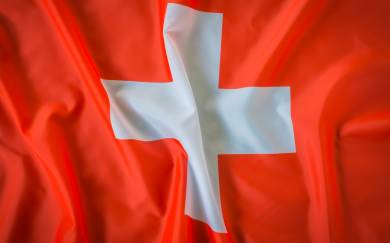




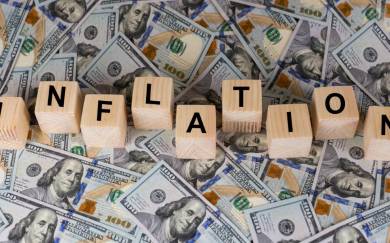
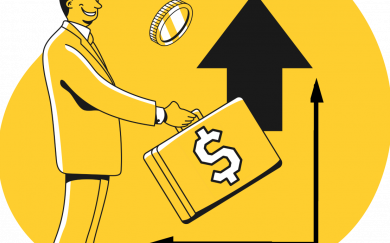

 ING Economics 31.05.2023 08:39
ING Economics 31.05.2023 08:39



 Craig Erlam 21.06.2023 08:58
Craig Erlam 21.06.2023 08:58

 Ed Moya 22.06.2023 08:21
Ed Moya 22.06.2023 08:21

 Kenny Fisher 22.06.2023 08:24
Kenny Fisher 22.06.2023 08:24





 Ipek Ozkardeskaya 06.07.2023 08:18
Ipek Ozkardeskaya 06.07.2023 08:18







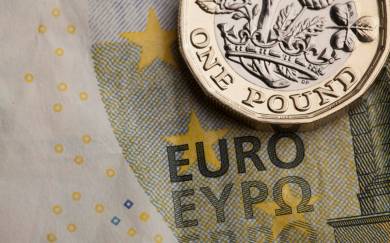










 Michael Hewson 25.08.2023 09:07
Michael Hewson 25.08.2023 09:07





 Saxo Bank 13.09.2023 08:40
Saxo Bank 13.09.2023 08:40




